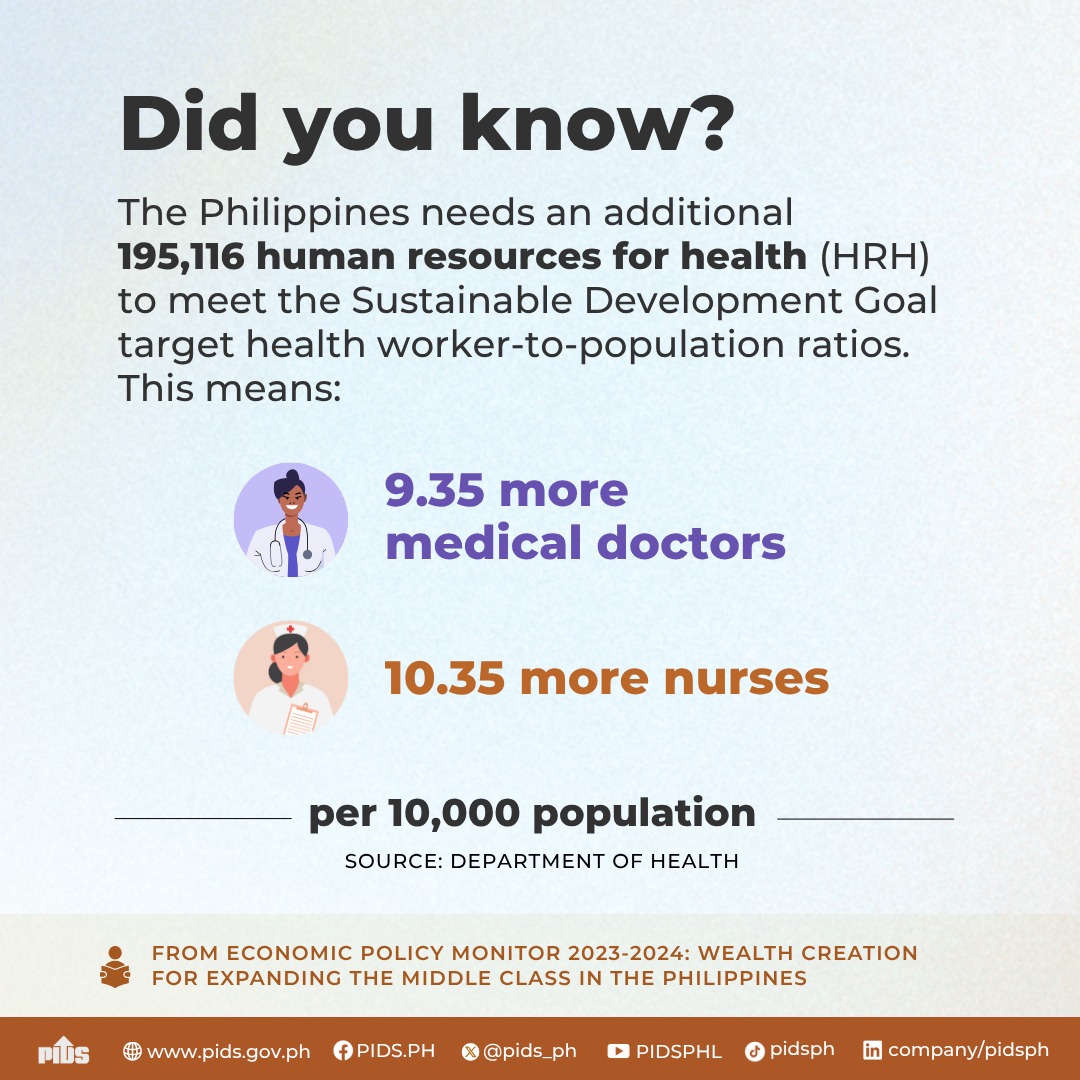MANILA, Philippines — The country must leverage the reciprocal tariffs of the US to secure a trade deal that would expand Filipino farmers’ market access to the world’s biggest economy while allowing the entry of more food items that are not grown locally to boost food security, analysts said.
V. Bruce Tolentino, a former agriculture undersecretary and former member of the Monetary Board, said the government can use the current trade situation with the US to springboard a favorable trade deal that would yield “mutual benefits” for both countries.
The US earlier announced a 17-percent reciprocal tariff on all Philippine goods, which will take effect on April 10 (Philippine time) as part of the Trump administration’s efforts to address his country’s various trade deficits with its partners.
Trump claimed that his administration factored in currency manipulation as well as non-tariff barriers in the computation of the reciprocal tariff rates that the US is imposing on multiple countries.
However, foreign news agencies have reported that this was not the case since the formula used by the US involved dividing its trade deficit with a country by the value of its imports, and then divided again by half.
Nonetheless, Tolentino pointed out that agencies like the Department of Agriculture should study the concerns raised by the US on the country’s non-tariff barriers (NTBs) on the entry of a wide range of food items that include frozen meat, fish and sugar.
NTBs are non-tariff measures imposed by a country that are deemed to be restricting the flow of trade.
“The US has concerns about Philippine non-tariff barriers on a range of food and agriculture products, which have been the subject of diplomatic and WTO (World Trade Organization) processes for a long time, with the Philippines unwilling to negotiate for the benefit of Philippine producers and consumers,” Tolentino told The STAR.
He sees the current trade situation as a catalyst to fast-track the forging of a free trade agreement (FTA) with the US, “with deeper and broader benefits for the Philippines and with minimum exemptions.”
Some of the possible benefits for the country’s agriculture sector if a trade deal is brokered include bigger access to the Western economy for the country’s farm products such as coconut, fruits, carrageenan and even flowers, Tolentino said.
For Filipino consumers, it will mean “greater” access to more affordable food items that are not grown locally on a competitive basis like soybeans, other grains and even frozen meat products, he added.
The country posted a $1.95-billion agricultural trade deficit with the US last year, according to the Philippine Statistics Authority (PSA).
The country exported $1.37 billion to the US but imported $3.32 billion of agricultural goods from the Western economy, based on PSA data.
PSA data showed that almost 18 percent of the country’s total agricultural exports last year went to the US.
Some of the country’s top agricultural exports to the US were vegetable fats and oils, edible fruits and nuts, fish and fish products and preparations of cereals.
Some of the country’s top agricultural imports from the US include cereals, like wheat; residues and waste from food industries for animal fodder; meat products; dairy produce; beverages, spirits and vinegar.
Roehlano Briones, senior research fellow at the Philippine Institute for Development Studies, said the government should negotiate with the US and identify the possible remedial actions to delist the country from the reciprocal tariffs.
Briones also agrees that the current trade issue must be used by the government to accelerate the FTA negotiations with the US.
More so, he proposed that the two countries may explore to “unilaterally” bring down both their tariffs to zero which would be nearly equivalent to a FTA.
“This is really a good reason for an FTA. We can leverage our current tariff rates and non-tariff measures to pry open the US market,” Briones told The STAR.
The US’ reciprocal tariffs on Philippine goods is almost triple than the average rate of 6.5 percent that it currently slaps on the country’s agricultural goods, based on WTO data.
Meanwhile, the Philippines slaps an average tariff of 8.9 percent on US agricultural products, WTO data showed.
The country has long been a net food importer with its agricultural trade deficit last year growing by almost two percent to $11.71 billion from $11.49 billion in 2023, based on PSA data.
The country’s total agricultural trade expanded by almost 12 percent year-on-year in 2024 to $27.22 billion from $24.34 billion, the PSA said.












